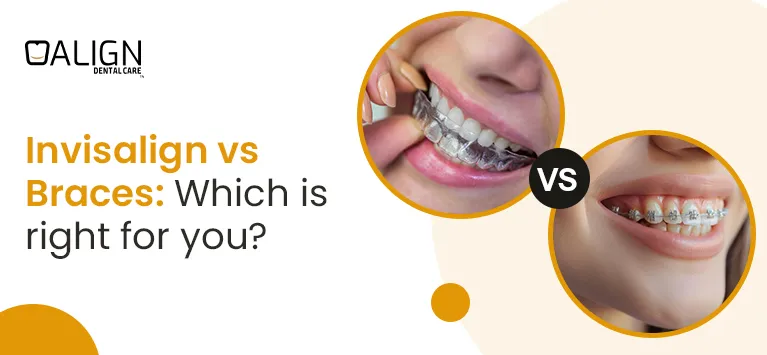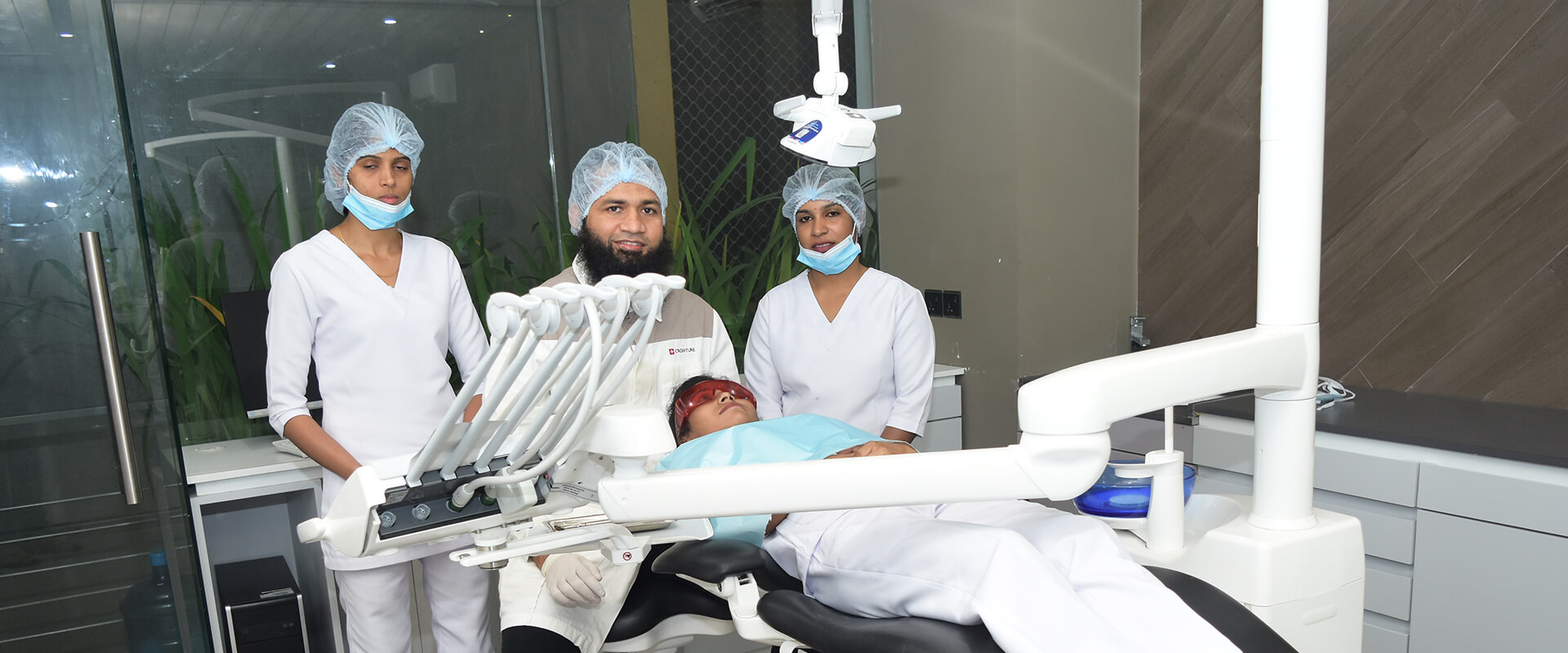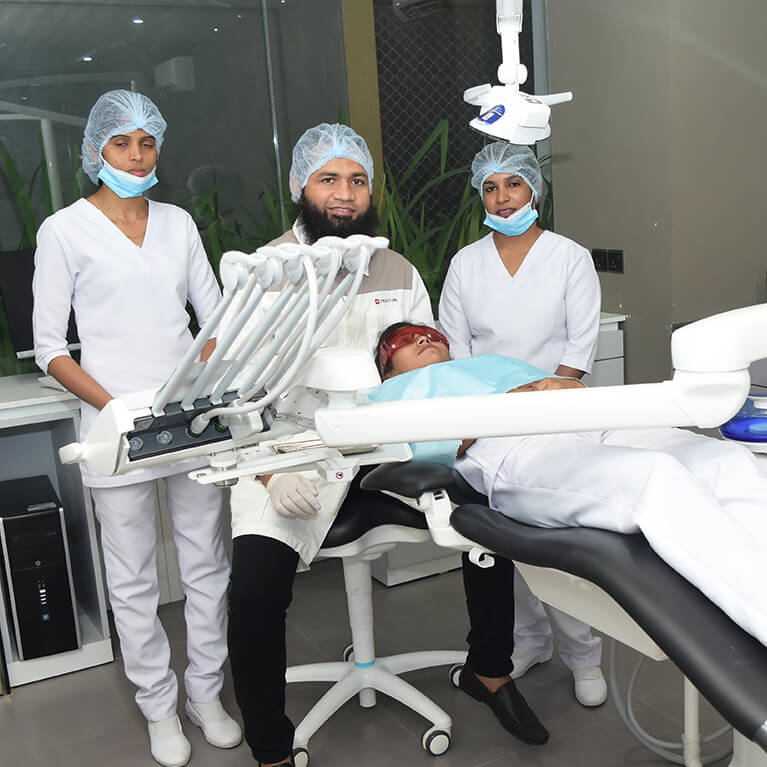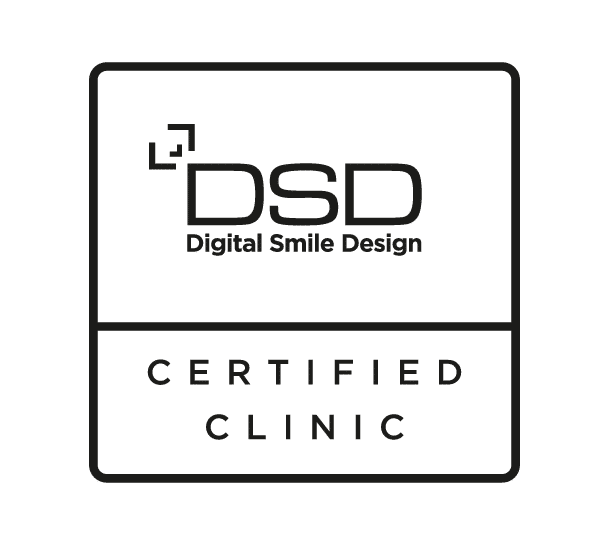Invisalign vs Braces: Which is right for you?

In addition to making you look better, orthodontic treatment is essential for maintaining your general oral health. When trying to get a straighter smile, deciding whether braces or Invisalign might be difficult. Each offers advantages, but which is the best fit for you? It all comes down to preference, cost, time, and maintenance. To assist you in making a wise choice, let’s examine the specifics together.
Invisalign
- Invisalign is a discrete treatment method that uses clear aligners to move teeth into optimal alignment gently.
- Invisalign has a great success rate in correcting a variety of malocclusions, including overcrowding, spacing abnormalities, and biting disorders.
- On the other hand, severe cases of misalignment could make Invisalign less effective and need the use of different orthodontic treatments.
Braces
- Braces move teeth into desired positions by applying pressure to them through the use of brackets and wires.
- Braces are renowned for their effectiveness in precisely controlling tooth movement and for addressing complicated orthodontic problems.
- However, some people may be put off by braces because of their visual shortcomings and upkeep requirements.
Treatment Process
Invisalign
Invisalign treatment involves the creation of a personalized treatment plan using advanced 3D imaging technology. Patients wear custom-made, clear aligners for 20-22 hours a day, removing them only for eating, drinking, and oral hygiene. Aligners are changed approximately every 1-2 weeks to shift the teeth into the desired position gradually. This process allows for a discreet and convenient orthodontic solution.
Braces
On the other hand, braces require regular adjustments by the orthodontist to maintain progress and ensure proper tooth alignment. Treatment process of braces involves the placement of metal brackets, wires, and sometimes rubber bands on the teeth. These components apply continuous pressure to move the teeth into the correct position over time gradually. The orthodontist will periodically tighten the wires and make adjustments as needed to achieve optimal results.
Comfort and Convenience
Invisalign
- In general, using Invisalign aligners is comfortable because there are no wires or brackets to irritate the skin.
- Daily routines are made easier by the convenience of taking out Invisalign for meals and dental hygiene.
- There may be some discomfort when adjusting to new aligners at first, but this goes away over time.
Braces
- Braces frequently cause discomfort from the brackets and wires, which can result in oral ulcers.
- Braces make it difficult to clean teeth; specific instruments and methods are needed for good oral hygiene.
- It is vital to schedule regular orthodontic appointments for adjustments, which can be inconvenient for people with hectic schedules.
Aesthetics
Invisalign
- With its nearly invisible aligners, Invisalign guarantees a discrete orthodontic treatment experience.
- Invisalign has very little effect on look and voice, enabling natural communication.
- Personalised aligners can be customised to meet the needs and preferences of each individual.
Braces
- Self-confidence may be impacted by the obvious sight of ceramic or metal braces while undergoing therapy.
- In spite of this, braces come in a variety of colours and designs that enable customisation and self-expression.
Cost and Insurance Coverage
Invisalign
- Depending on the intricacy of the situation, the cost of Invisalign treatment may be equivalent to that of traditional braces.
- Invisalign treatment may be covered by certain insurance plans, lowering out-of-pocket costs.
- Financing solutions are offered to increase Invisalign’s affordability and accessibility.
Braces
- The cost of braces varies depending on the type and length of therapy, among other considerations.
- Patients’ financial burdens are lessened when certain insurance plans cover traditional braces.
- Payment plans are often available from orthodontic offices to suit a range of financial situations.
Treatment Duration
Invisalign
Invisalign treatment may take several months to over a year, depending on the complexity of the case and compliance with wearing the aligners as directed.
Braces
Traditional braces typically require a similar timeframe for treatment completion, with adjustments made periodically by the orthodontist.
Durability and Functionality
Invisalign
- Despite being constructed of durable thermoplastic, Invisalign aligners could break if not handled or maintained correctly.
- The more covert orthodontic treatment option offered by Invisalign aligners is their removable nature. They may be chosen for cosmetic reasons and are appropriate for mild to moderate orthodontic problems.
Braces
- Conventional braces are made of extremely strong metal brackets and wires that are able to bear large loads without bending or shattering.
- Conventional braces are cemented to the teeth, and constant pressure is applied to control the movement of the teeth precisely. They work well for many different types of orthodontic problems, even complicated ones that need extensive repair.
Distinguishing Features: Invisalign vs. Braces
| Invisalign | Braces | |
| Treatment Length | 6–24 months | Average of two years |
| Removable? | Yes | No |
| Works for | Minor cases | Minor, moderate, and complex cases |
| Orthodontist Visits | Some users can do everything remotely | Regular visits required |
| Appearance | Nearly Invisible | Visible |
| Requirements | Wear 20–22 hours/day, remove when eating, brush after eating | Brush and floss well, avoid hard or chewy foods |
| Gum Irritation | No | Yes |
| Can Leave Stains | No | Yes |
| Mouth Discomfort | Generally comfortable | Often causes irritation or cuts |
| Eating Restrictions | Yes, but fewer | Yes |
To sum up
In conclusion, both Invisalign and traditional braces offer distinct advantages and disadvantages in the journey to straightening teeth. The decision between these treatments hinges on individual preferences, orthodontic needs, and financial considerations. While Invisalign stands out for its comfort and aesthetic appeal, traditional braces often deliver more efficient outcomes for complex cases.
By carefully evaluating the pros and cons of each option, individuals can make an informed decision that aligns with their smile goals and overall oral health. Your smile is a unique aspect of your identity, emphasizing the importance of consulting with an orthodontist to determine the best approach for achieving a straighter, healthier smile tailored to your specific needs.















